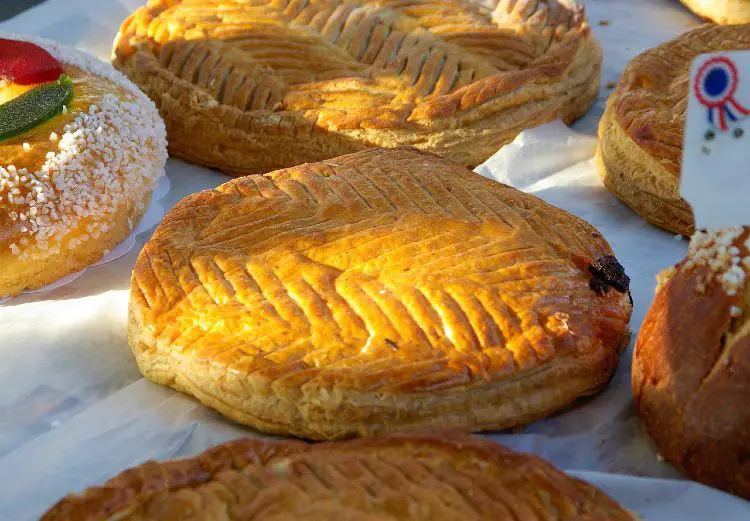Emma Clegg Ceramics
Walking into the potter Emma Clegg’s studio is like stepping back into the medieval age, when every village had a blacksmith and every blacksmith had a forge and coal house.
Emma, her husband and two daughters used to live in London not too long ago, but decided to swap the city life for the rural calm of Stretton on Fosse, one of the pretty Warwickshire-Gloucestershire border villages that would not look out of place in a bonnet period drama. Outside the back door of Elm Cottage, which is situated next to the church, Emma has set up her ceramics studio in the original blacksmith’s forge: a wood burning stove flickering in one corner, a table lamp poised in another, and row upon row of the most dainty, feminine cups, jugs, bowls, vases and plates you have ever seen.
Emma’s father used to own several pottery factories in Stoke on Trent, the centre of Britain’s pottery industry since the 17th century. Cheap imports from Asia, rising labour costs in Britain and a shift away from manufacturing and into the service sector brought about the steady decline of the British ceramic industry, so that by the 1980s very few pottery factories were left operating. Crown Ducal, Cauldon Bristol and AG Richardson were all names of the family’s pottery factories that Emma remembers from her childhood, and she can still recall the smell of clay and firing kilns. She studied Fine Art and History of Art at Leicester University, but decided to pursue a corporate career initially, and she worked in London, advising on the corporate art collection of Anderson Consulting and she also did corporate calligraphy.
After her two daughters (now 13 and 10 years old) were born, she decided that living in London and working in the corporate world were not compatible with motherhood, and so came about the move to the countryside and the setting up of her own studio. Working from home gave Emma the ideal platform to launch a second career, and she enrolled in evening classes to learn pottery from Hilary La Force at nearby Dorn Hill studios (www.dornhillpotterysupplies.co.uk). During the day she worked in between her babies’ naps and when they grew older, their school runs.
The inspiration for Emma’s work stemmed from an old Edward Raby piece, a tiny ceramic wreath, about 6 cm wide and consisting of only unglazed porcelain flowers. It was buried for around 40 years under the New Cross in Park Street, Bristol, and on its removal was still perfectly intact. She was never allowed to touch it, as it lay under a glass cover at her parents’ house, but it was through the inspiration of that diminutive object that Emma created a whole aesthetic of her own: simple, naïve and quiet. She was also very inspired by her grandmother, who used to wear lovely ceramic flower brooches, and who used to cook wonderful meals for her.
Emma creates mugs with little sprigs of berries just under the handle, simple flower heads round the rim of a bowl or little jugs with tiny, dotted indentations. The pieces are very tactile, pleasing, completely unique and make you feel happy when your eyes alight on them. They are joyful, and because many of the decorations are pressed by hand there are little organic irregularities here and there that show the dexterity of the human hand.
“I think that more and more people really appreciate the quality of artisanal objects: they have an energy that mass produced items simply do not. Nowadays, with the recession, people are not spending their money, they are placing it. They are buying fewer, but better made things,” Emma explained.
All her pottery is made using white glacier clay, which is quite sticky and moist to the touch, worked on an old potter’s wheel, then glazed in celadon and fired at 1280 degrees Centigrade in a modestly sized electric LLKiln, no bigger than a hobby kiln.
In one corner of the studio there is a PVC cloth covered table where Emma sits, beneath the light of a window and a bright desk lamp, with lots of different mugs and jugs filled with paint brushes, scrapers, pencils, rulers and palette knives.
There is continuity and repetition in the patterns that means you can mix and match: the cake stand, honey jar, small bowls, teapots and vases can all be collected and added to over time, over different birthdays and anniversaries.
“What I do is the opposite of those interior designed home wares that look really contrived. I draw inspiration from the work of the Scottish slipware potter Hannah McAndrew (www.hannahmcandrew.co.uk) and also Linda Bloomfield (www.lindabloomfield.co.uk). My pottery is simple, to be enjoyed, to be used and loved, not just put away. I try to pitch my pieces so that price is never a barrier, and they are all robust so they can be used every day and can even be put in the dishwasher. If people think porcelain is fragile, then they should visit the Ashmolean Museum: there is pottery there that has withstood 500 years of floods, earthquakes, invasions and wars.”
Very gradually, as her reputation and customer list grew, she started exhibiting her work, firstly in the Old Silk Mill at Chipping Camden, where an enclave of artists and craftspeople from the Arts and Crafts movement established themselves, led by Charles Robert Ashbee in 1902. It is a co-operative with 22 members, and Emma really enjoys the convivial part of their gatherings.
“Working as a potter can be quite a lonely and isolated trade, and I really love the conviviality of being with other creative people. There are so many international tourists that go there, it really is a shop window to the world,” Emma told me.
She was discovered by one of the curators of the Fortnum and Mason Hand Made exhibition, as well as by the online handcrafted home wares retailer Miratis, and since Lucia Van Der Post wrote about her in the Financial Times’ “How To Spend It” magazine she has been extremely busy fulfilling orders. She has also recently been commissioned to make an egg for ‘The Great Egg Hunt’ for London 2012, it will be displayed alongside other designers’ eggs, including some by Faberge, and then auctioned by Sotheby’s having been displayed for 40 days and 40 nights.
Some of the more intricate pieces take many, many hours to make, and she tells me that buyers have been very patient in waiting for her to make new pieces when she runs out of stock. The difficulties of her trade are evident:
“You do not earn a great deal of money, and the hours can be quite long, so you have to compromise, sometimes, on family life. It does take about five years to get going as a potter. Nowadays, however, there is a real feeling of resurgence in the potteries of Stoke on Trent. I recently went to the Burleigh factory there: through the weeds, the cracked pavements and the peeling paint, I saw a really thriving business. That’s how it should be.”
Emma’s love for pottery is visceral and passionate: she takes me through her house and shows me all the individual pieces she has collected, from other potters she has met, in all the galleries she has exhibited in and visited.
“Just look at this piece,” she tells me, holding a tiny little bowl of the most beautiful browns and greens, ridges folding and rippling so that when you run your finger on its edges you can almost feel the grooves where the potter scored it with his finger. “It was £20 you know. But when I saw it I thought I just had to have it.”
I think that is how many people feel when they enter Emma Clegg’s website.
Contact Details
Emma Clegg’s website: www.emmaclegg.co.uk
Follow Emma on Twitter: @cleggceramics and @emma_clegg
Miratis : www.miratis.com
Follow Miratis on Twitter: @miratisonline


